I'm looking at neandering future mortises and tenons and was wondering if a mortise gauge is that much better than a simple marking gauge. (I already have a marking gauge, and have been looking at mortise gauges.) For those who do use mortise gauges, which type do you use? Marking (pin-type) or cutting (knives)? And lastly, where did you get your mortise gauge from?
Thanks!




 Reply With Quote
Reply With Quote ). You set the two pins to the width of the mortise chisel and that sets the thickness of the tenon up to perfectly match the mortise. I suppose you could use a single pin gauge if you were making single shouldered tenons but for tenons with two shoulders, you really need a mortise [tenon] gauge to be precise and effecient.
). You set the two pins to the width of the mortise chisel and that sets the thickness of the tenon up to perfectly match the mortise. I suppose you could use a single pin gauge if you were making single shouldered tenons but for tenons with two shoulders, you really need a mortise [tenon] gauge to be precise and effecient.
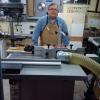

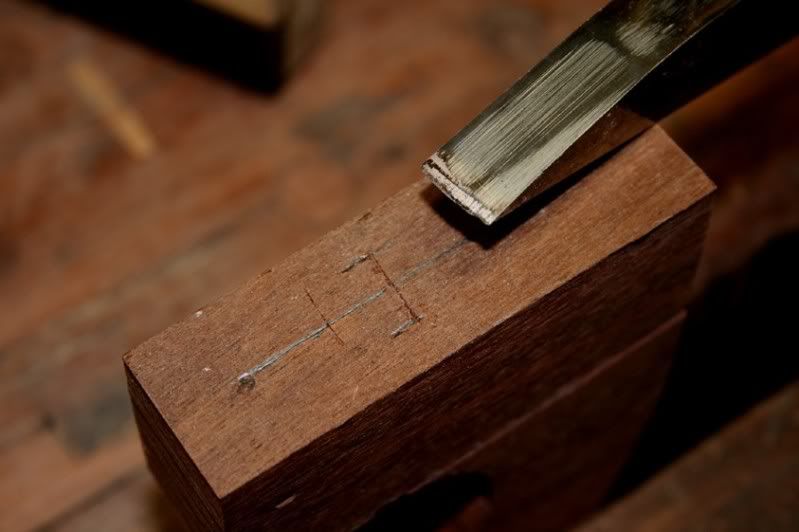

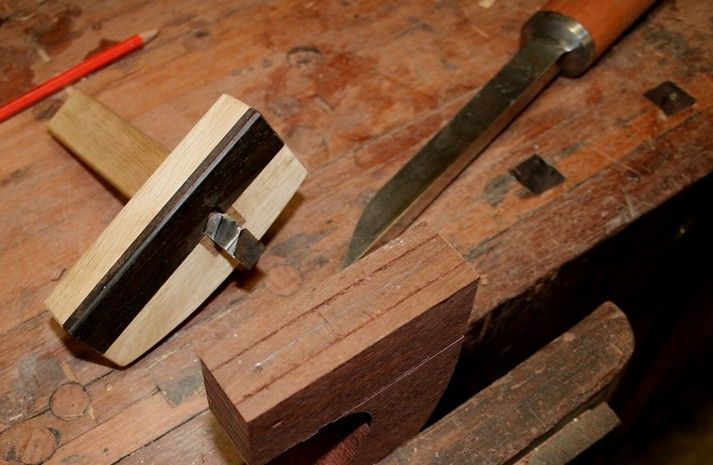
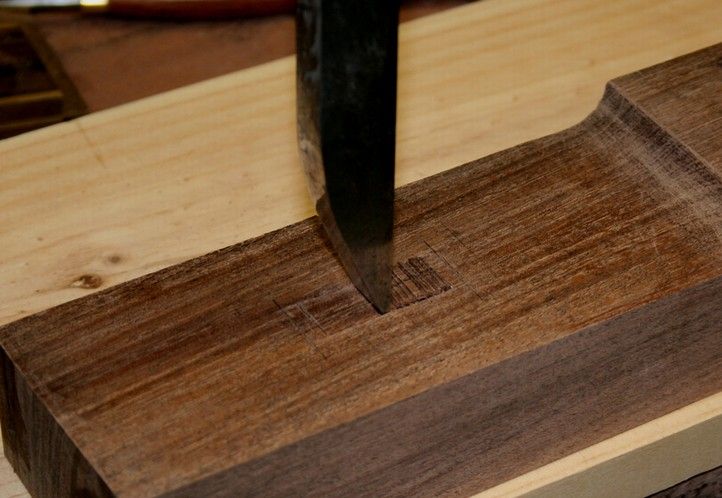
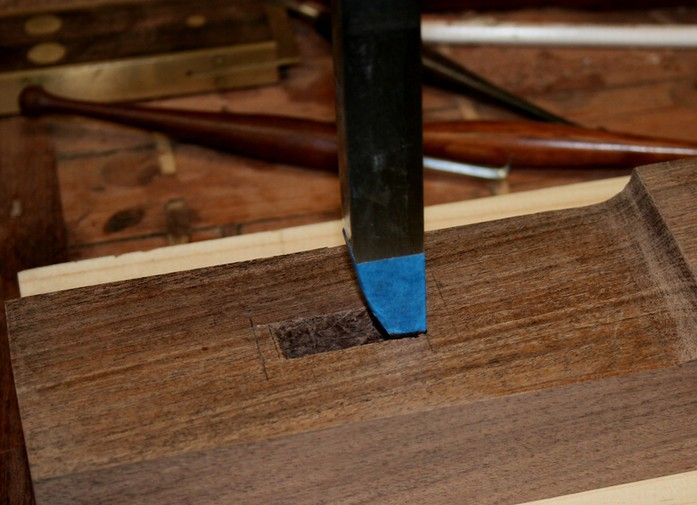

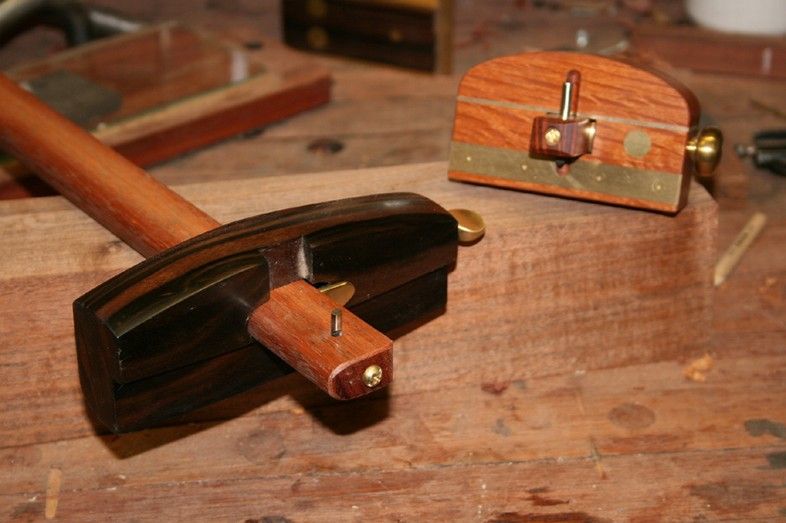
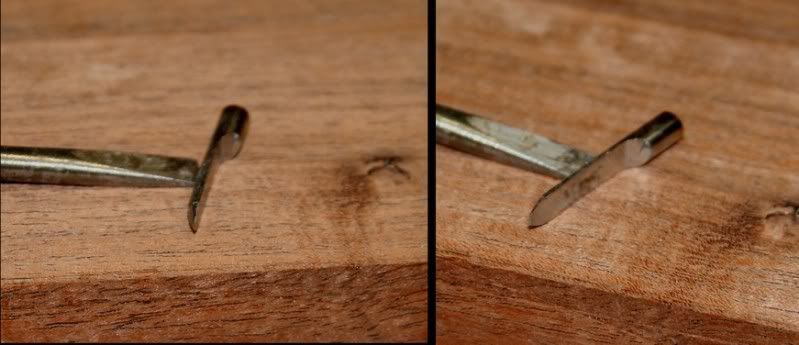


 Jr.
Jr. 


